
Do You Know These Benefits of Writing Poetry?
Poetry is such a beautiful form of literature. It allows you to say so much without having to write…
January 26, 2021
Poetry is such a beautiful form of literature. It allows you to say so much without having to write…
January 26, 2021
You might have heard that “Rhyme is a crime,” and that editors don’t like rhyming board books and picture…
December 21, 2020
Have you ever read any books by Shel Silverstein? Since 1963, his poems and drawings have delighted countless children…
June 20, 2020
I had the privilege of meeting award-winning children’s author Rebecca Balcárcel through my local chapter of the Society for…
April 16, 2020
Whether your novel closes on a cyclone-worthy twist, or a conclusion as warm and satisfying as homemade pie, you’ll…
January 13, 2020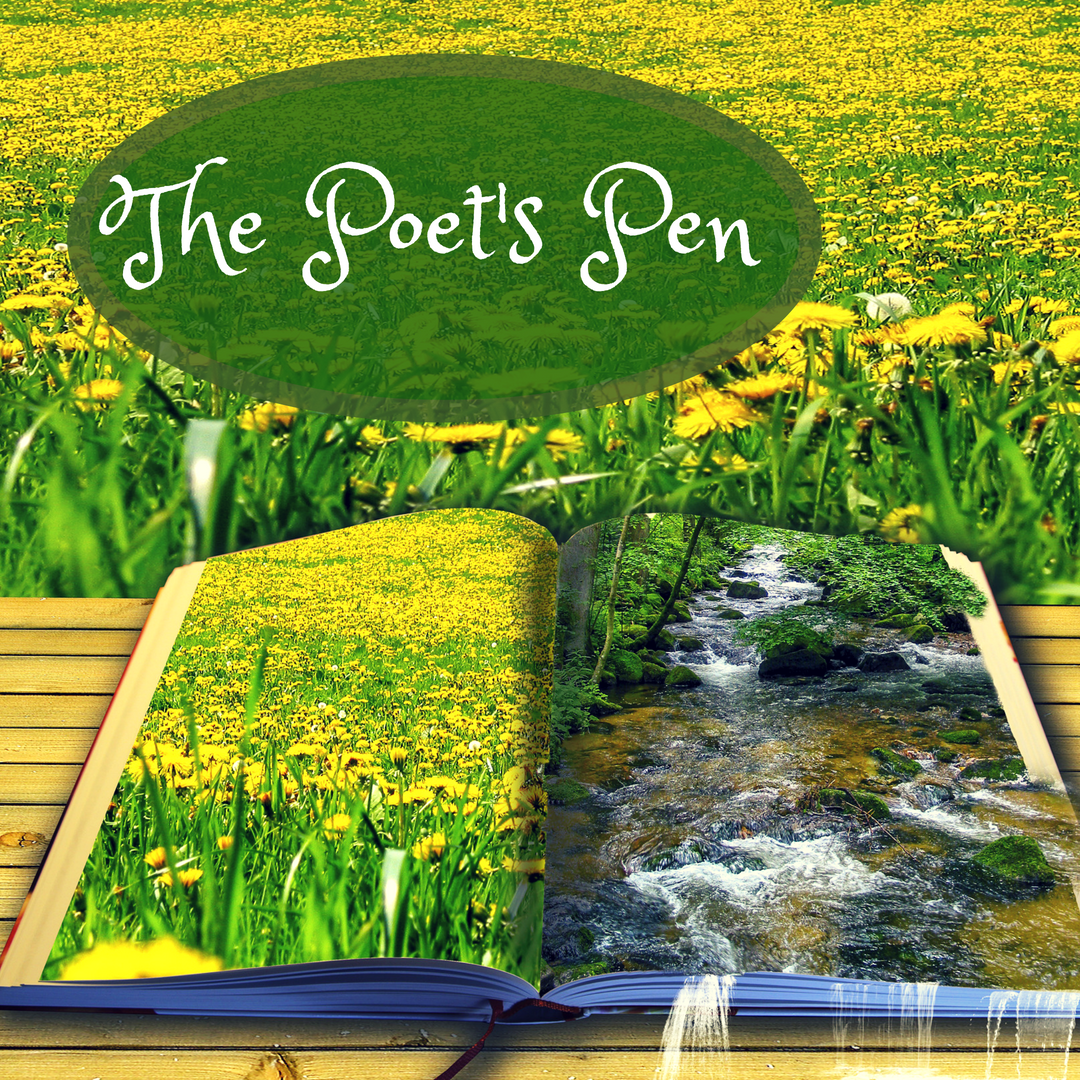
Sometimes poets are asked, “Where do you find things to write about?” Everything is a possible subject, although there…
February 13, 2019
Do you have a favorite Christmas poem? I’ve always liked “Twas the Night Before Christmas.” I hope Mr. Moore…
December 13, 2018
All writing is about “words” but poetry uses concise words in a concise order. One word in a poem…
September 13, 2018
This month I thought we might do something different and fun. I want you to write an 81 word…
August 16, 2018
It’s time for another Third Anniversary Throwback Thursday. Almost an Author features a great advice on a wide variety…
July 19, 2018
Carmina Figurata or shaped stanza is a picture poem—a poem that forms a picture. In “CAROUSEL” by Jan D.…
July 17, 2018Have you ever thought of taking your poetry one step further by writing an entire novel in verse? What…
June 17, 2018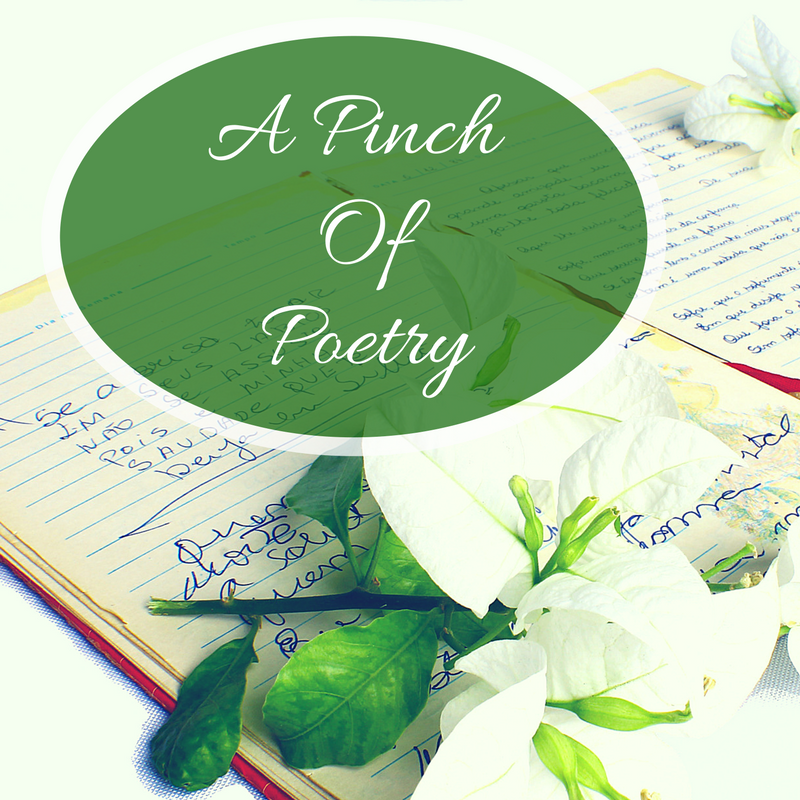
February is the month that has the honor of hosting Valentine’s Day, also called Feast of Saint Valentine, an…
February 12, 2018
My favorite thing about flash fiction is the artistic freedom it allows. Within its rigidity, skilled writers can find…
February 16, 2017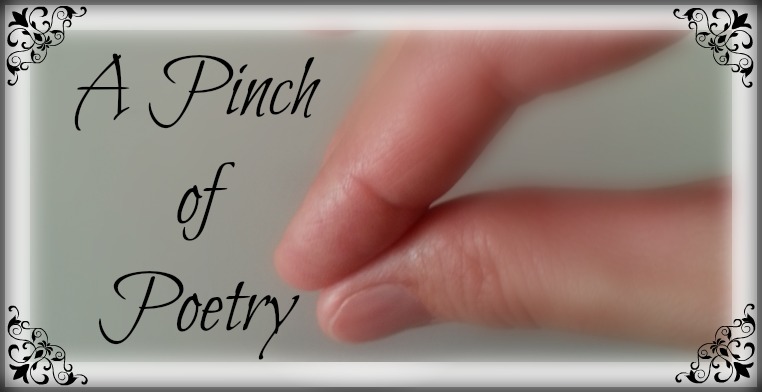
We’re going to explore a very short Japanese form of poetry known as haiku. This type of poem reflects a simpler…
July 15, 2016
Are you interested in trying to write poetry for the first time? Or maybe you’ve been writing poetry but…
June 5, 2016
One unique attribute of poetry is the way it sounds. Using special techniques, such as alliteration, can bring your poems to life…
March 5, 2016
I fell in love with Langston Hughes’ poetry when only a teenager in high school. Still today, I enjoy…
February 5, 2016
Many people are discouraged from enjoying poetry because they claim it’s too difficult. Trust me. I’ve had those moments…
January 6, 2016
Since there is not a high demand for poetry in the publishing industry, one way to get your poems…
December 16, 2015
I don’t know about you, but once in awhile my poetry springs from the oddest of inspirations. Not too…
November 7, 2015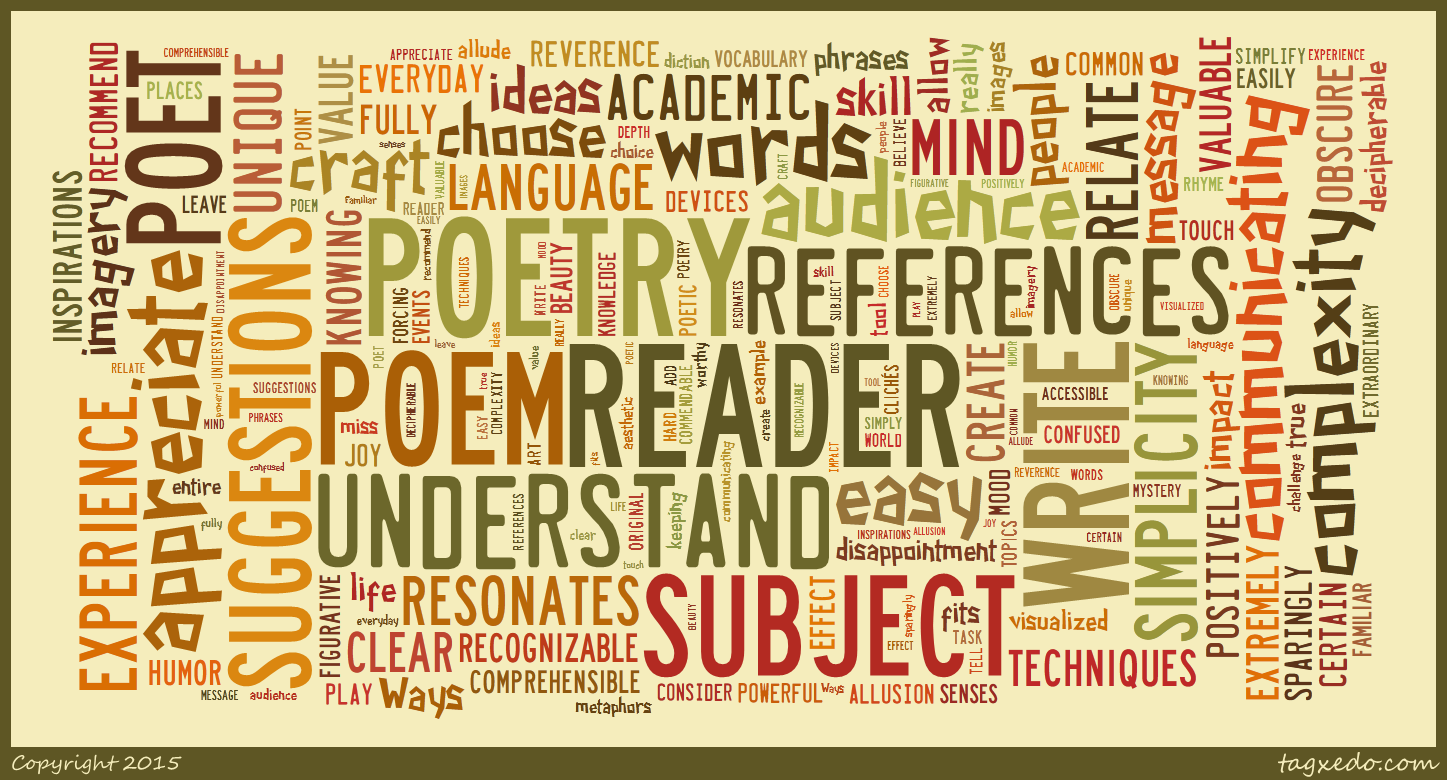
Simplicity is extremely valuable when it comes to communicating through poetry. I’ve always wanted my poems to positively impact…
October 18, 2015
Andrew McCarthy, guest editor of The Best American Travel Writing 2015, says that the best travel writing is “the…
September 16, 2015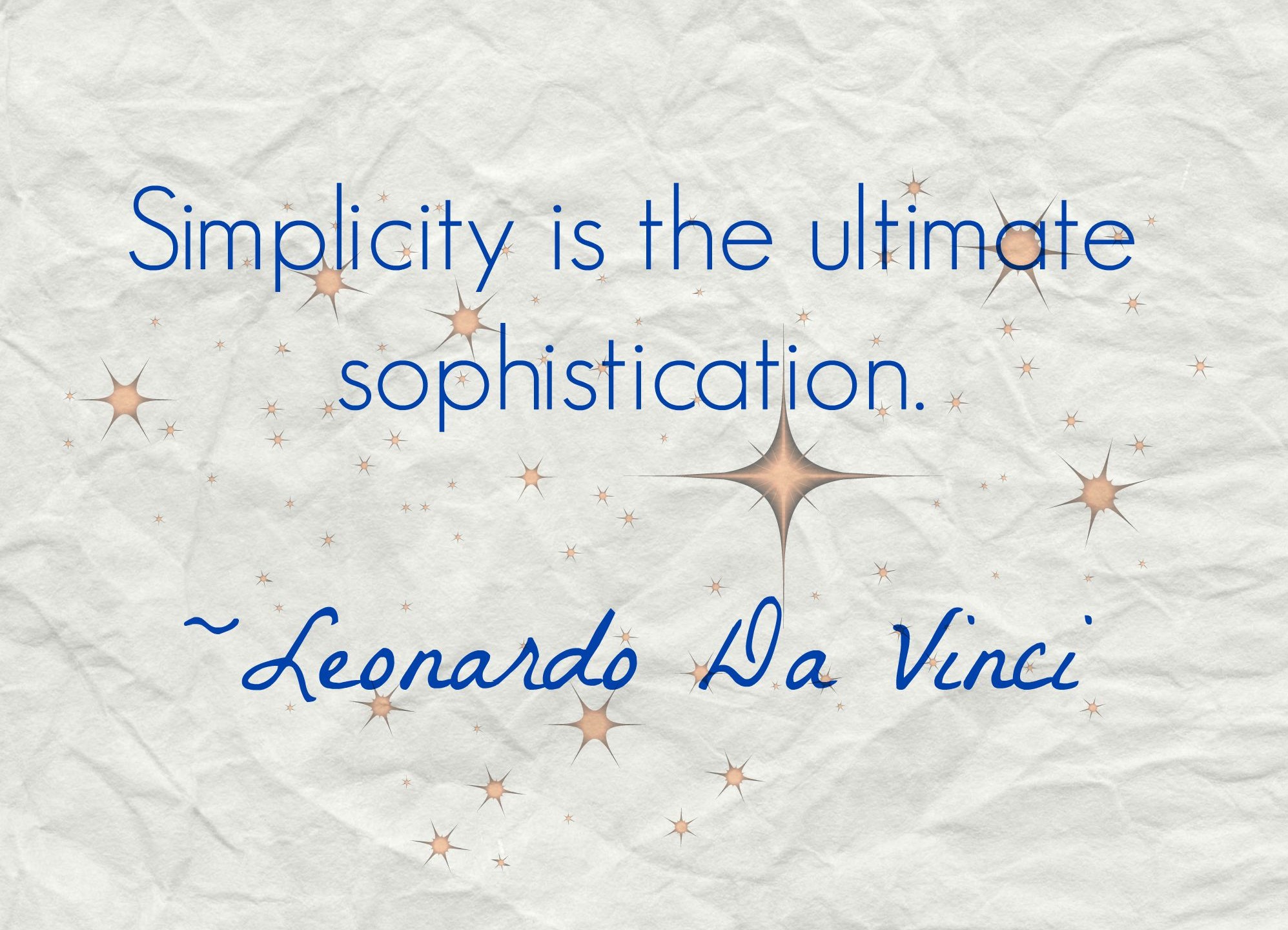
One of my goals as a poet is to make poetry practical and less intimidating for writers while respecting…
September 6, 2015
Have you ever struggled with blank page disorder? I have. Most writers face this issue at one time or another. Sometimes…
August 15, 2015